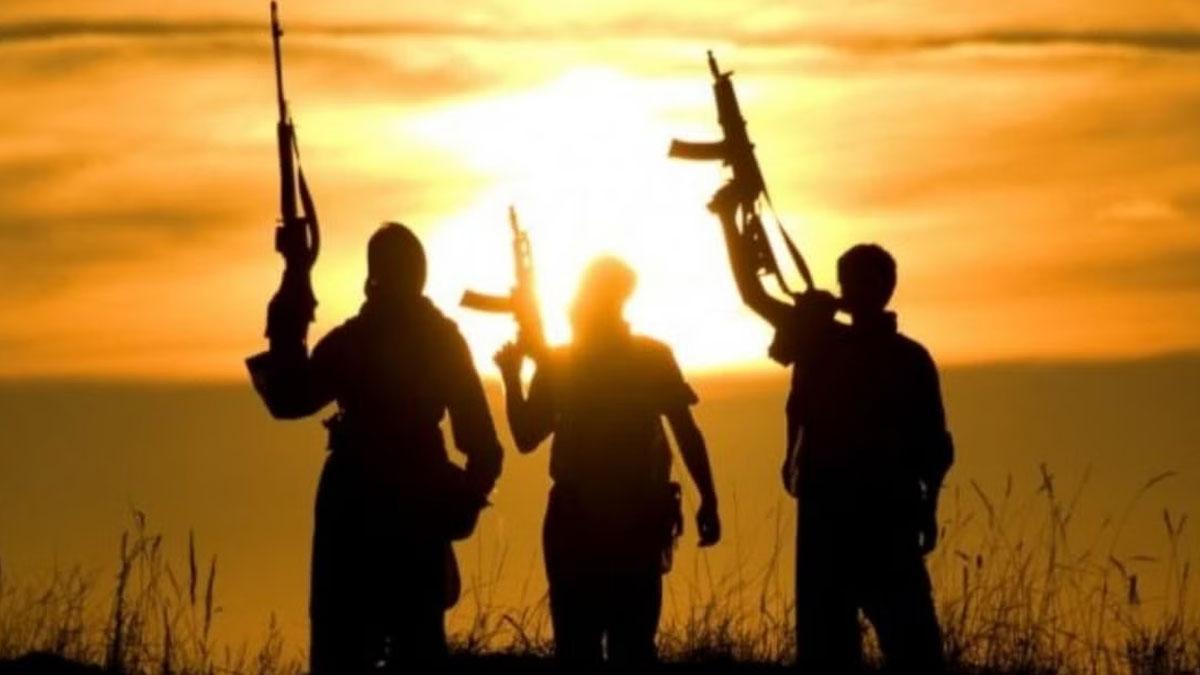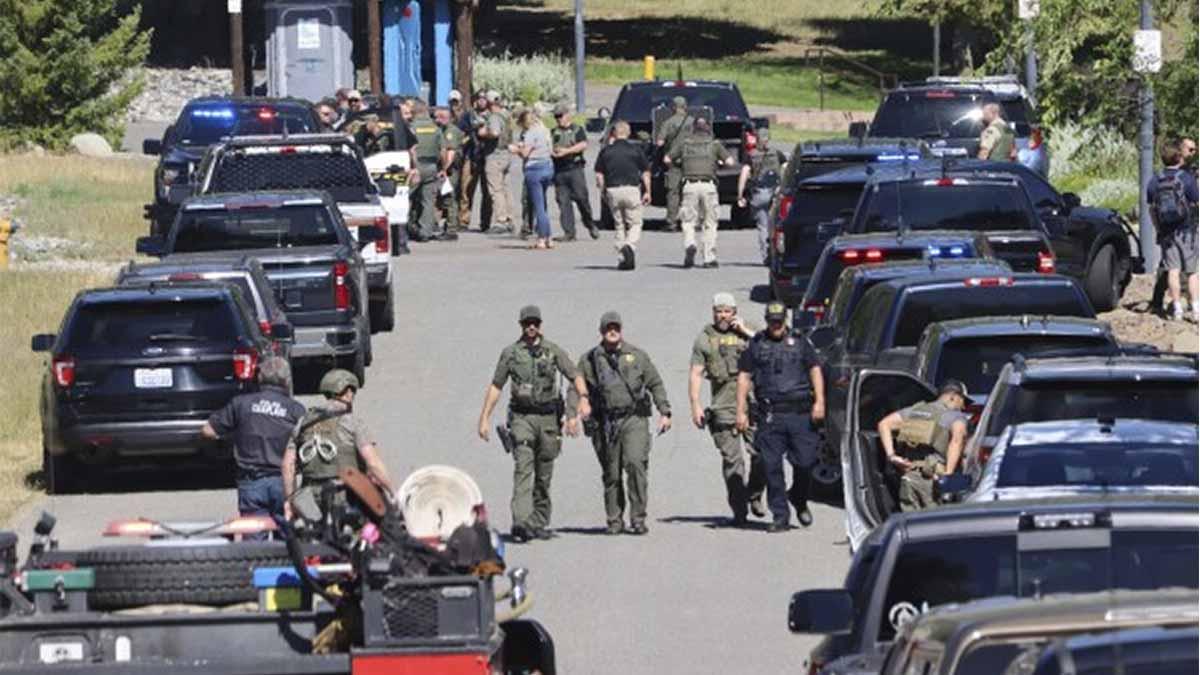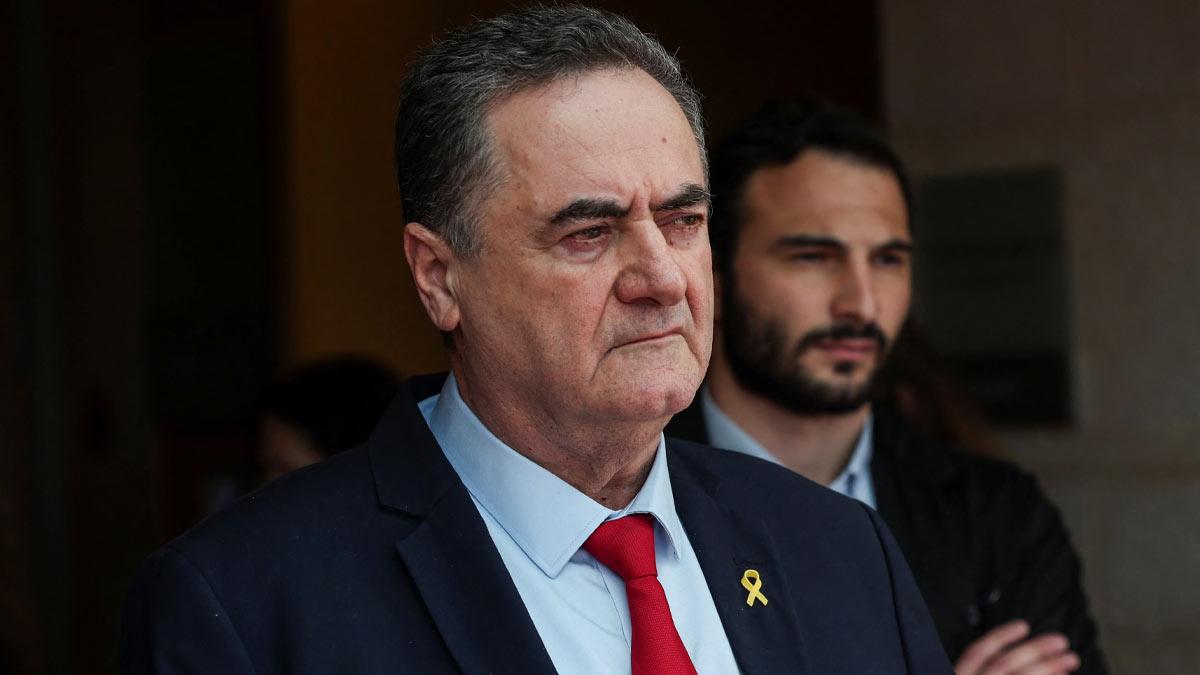Research led by an Indian-origin scholar has revealed that U.S. media coverage of terrorist groups is influenced by the country's foreign policy, distinguishing between 'good' and 'bad' terrorists based on strategic interests.
The study, titled “US Foreign Policy and Indexing Theory: A Study of US Press Coverage of the Taliban and ISIS,” was recently published in the International Communication Research Journal.
Lead author Abhijit Mazumdar, an assistant professor of journalism at Park University in the U.S., said, “We perused hundreds of New York Times and Washington Post articles on ISIS and Taliban over a five-year period from 2014 to 2019.”
Mazumdar highlighted that the findings were remarkable, revealing that U.S. newspapers tended to minimize the Taliban's atrocities while frequently reporting on ISIS's actions. Both groups aimed to establish a theocratic Islamic state, yet the U.S. press rarely linked the Taliban to religion as it did with ISIS.
“We concluded that the US press was supporting the US government’s foreign policy on Taliban and ISIS where the US authorities were negotiating a smooth handover of Afghanistan to Taliban while they were fighting to eliminate ISIS in the Middle East,” Mazumdar explained. This alignment made it logical for the U.S. media to adopt a softer stance on the Taliban to support government objectives.
Several key findings emerged from the research. “Interestingly, most news articles connected Al Qaeda with ISIS, not the Taliban,” noted Mazumdar. Additionally, there was a significant focus on the Taliban’s governance in Afghanistan, whereas the ISIS administration in the Middle East received less coverage.
“The U.S. media seemed intent on portraying the Taliban as a legitimate state entity, aligning with U.S. negotiations, while denying similar coverage to ISIS,” Mazumdar added,
Stories about ISIS recruitment, particularly of U.S. citizens, were common, while the Taliban’s recruitment efforts, not targeting Americans, were largely ignored.
Read Also | China accuses US of trying to set up Asia-Pacific equivalent of NATO


















